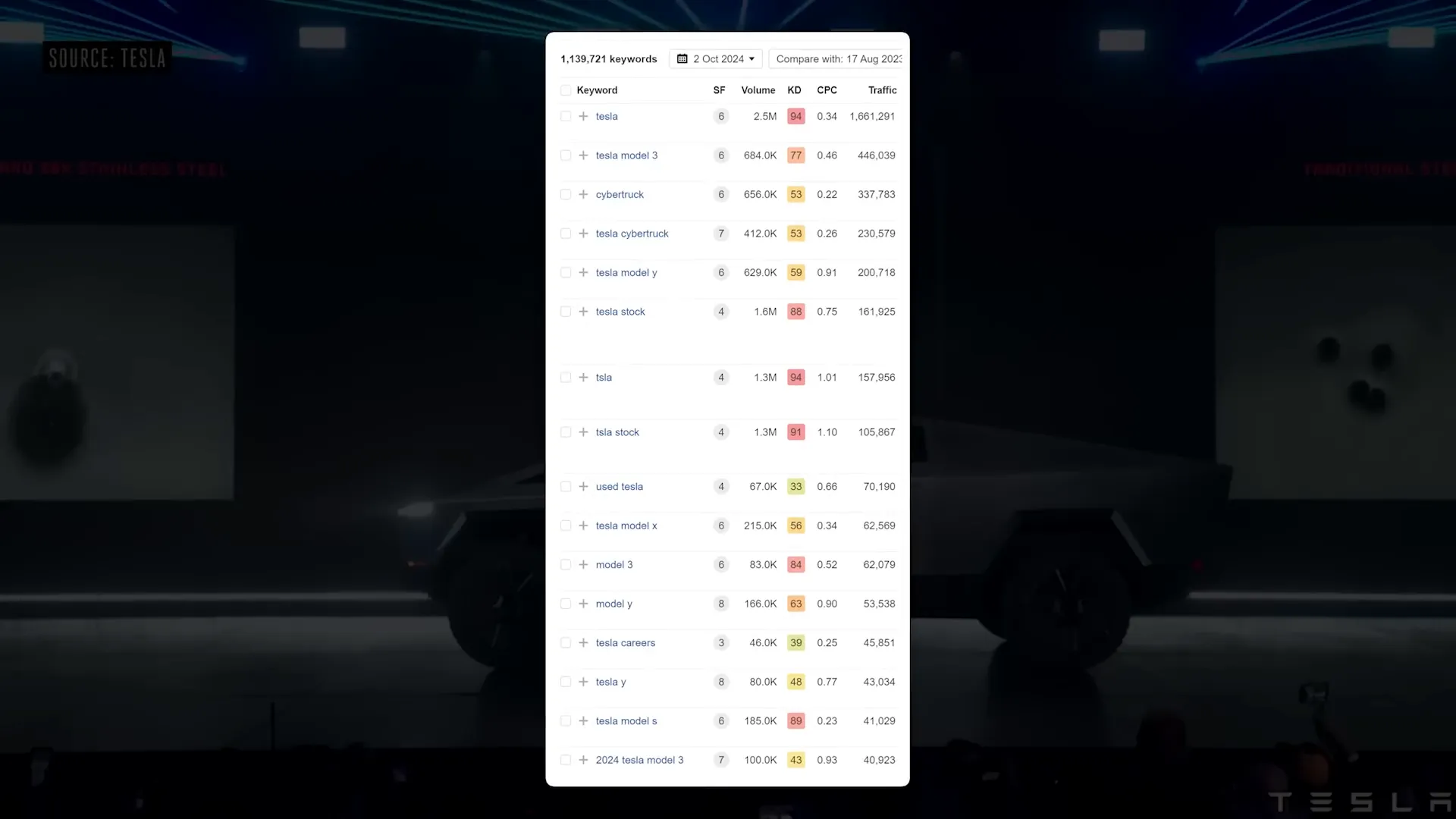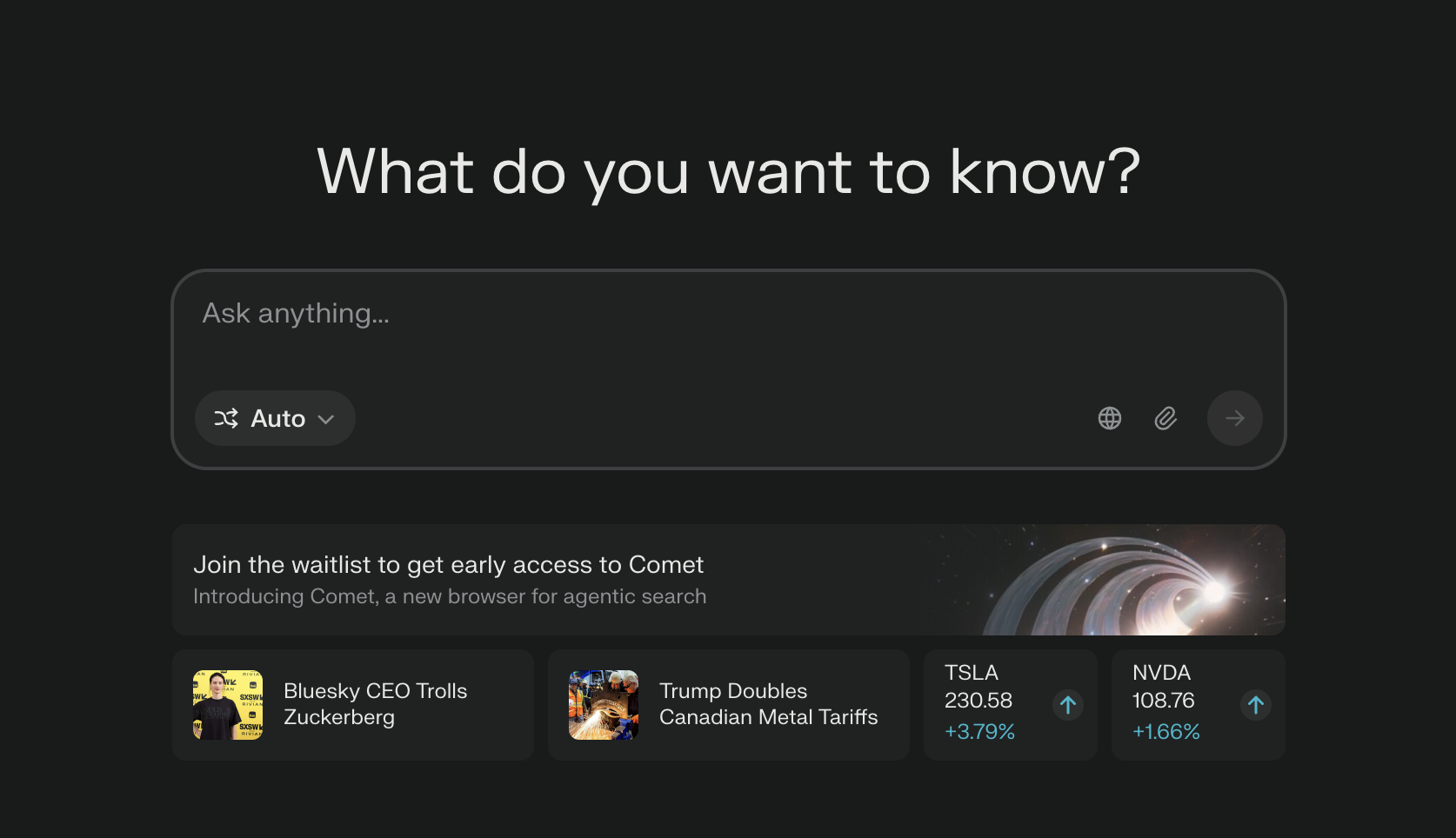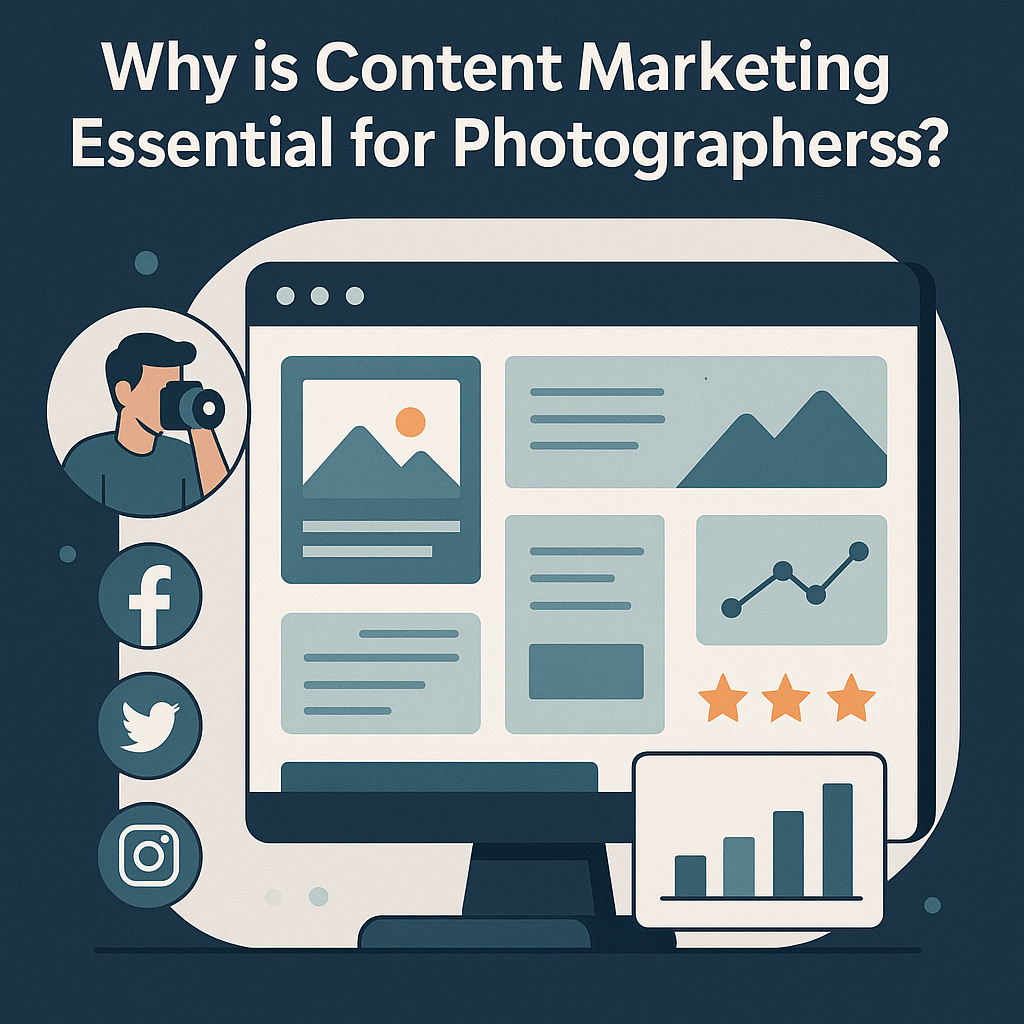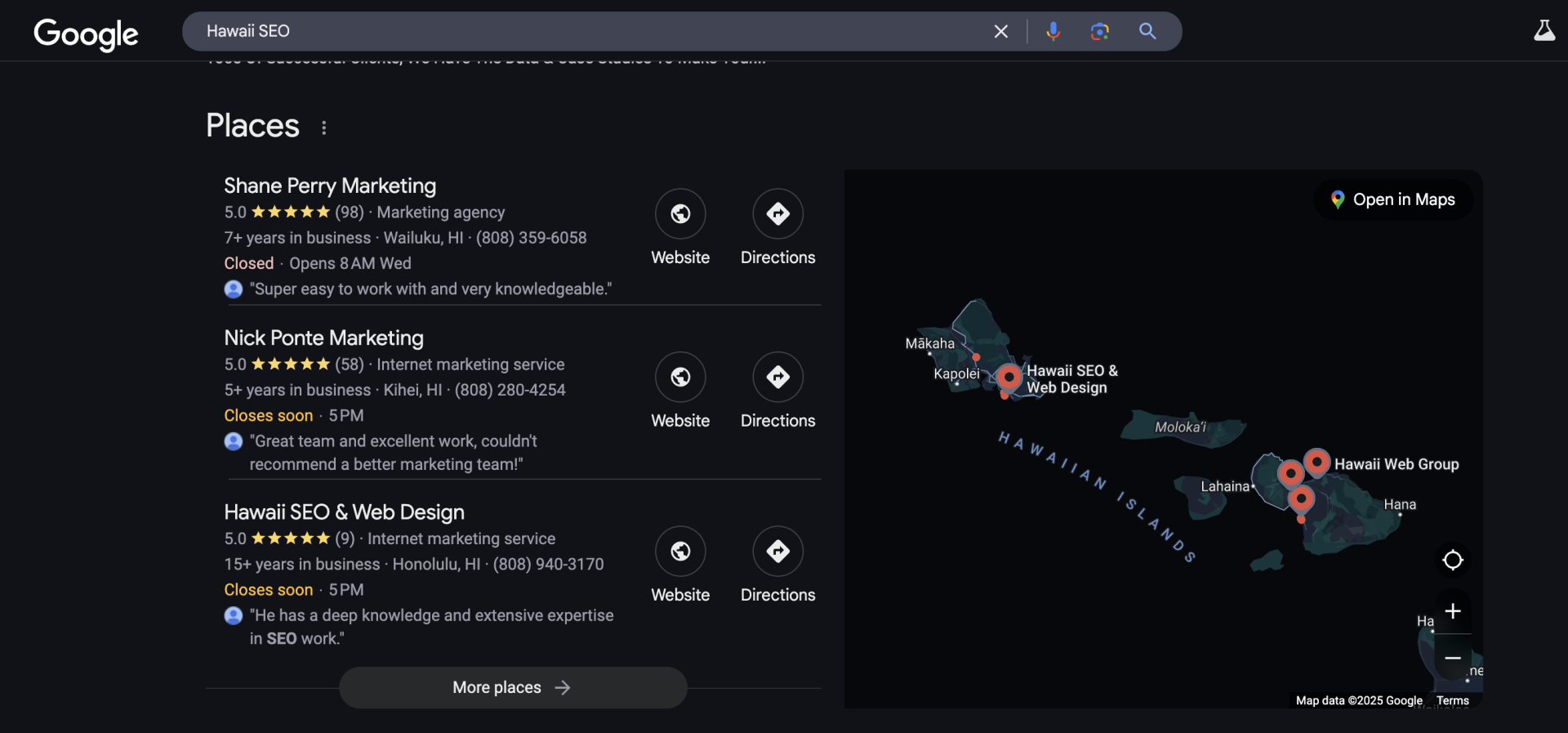TL;DR: SE Ranking’s walkthrough shows how to surface in AI Overviews and organic SERPs by tracking AI citations, mapping prompts to topics, and building content clusters — I’ll explain what worked, what didn’t, and the exact steps I’d use.
I just watched SE Ranking’s session with Rejoice Ojiaku where she digs into tracking brand mentions and links across AI Overviews, ChatGPT, and Gemini — then turning that visibility into content that drives real traffic. In short: AI-generated answers are a new layer of search visibility, and brands that map topic-first content to AI prompts win both attention and clicks. In this article I break down the experiment, call out wins and risks, and give pragmatic tactics you can apply this week.
Table of Contents
- What was tested and discussed
- What went right
- What went wrong (or was under-addressed)
- What I would do differently — tactical playbook
- Quick tactical recommendations
- Takeaways — strategic checklist
- FAQ
What was tested and discussed
The session walked through SE Ranking’s AI Search tool and a workflow to do three things at scale:
- Identify where your brand appears in AI Overviews and conversational models (citations, link presence).
- Measure keyword visibility and where you’re losing clicks between AI responses and organic results.
- Build topic-first content clusters that match AI prompts so you earn both AI citations and organic clicks.
Other topics: using AI search for competitive research, seasonal content clusters, content editors to enforce topic coverage, and repurposing content without cannibalizing pages.
What went right
- Focus on citations: Tracking AI citations gave immediate visibility into which pages AI systems prefer to cite. That’s actionable — citations = credibility and links you can chase.
- Prompt-to-topic mapping: Translating common AI prompts into topic clusters aligned content with how people ask questions, improving relevance for both AI and humans.
- Data-driven fixes: The demo prioritized pages losing clicks and showed how optimizing titles, snippets, and internal links regained traffic — small UX changes, measurable lifts.
- Seasonal cluster planning: I liked the seasonal campaign approach; mapping clusters around seasonal intents helps capture demand spikes across both AI snippets and organic search.
What went wrong (or was under-addressed)
- Surface-level creation vs. distribution: The video focused heavily on detection and on-page fixes, less on amplification. “Attention doesn’t always mean action — and this test proved that clearly.” If AI surfaces you but there’s no distribution plan, CTRs can stay flat.
- Link building integration: The tool highlights missing links and citations, but the presentation didn’t show a repeatable outreach or content partnership path to earn those links at scale.
- Creator and multimedia strategy: AI Overviews often prefer concise, authoritative answers. The session missed an early recommendation to layer in creator partnerships and short-format video to capture alternative SERP real estate. “If I were running this, I would’ve layered in creator partnerships upfront.”
- Cannibalization guardrails: They mentioned repurposing and avoiding cannibalization but didn’t show concrete rules for canonicalization, internal linking, or consolidation thresholds.
What I would do differently — tactical playbook
Here’s the workflow I’d implement to turn AI visibility into sustainable organic traffic. Short, repeatable, and measurable.
- Audit AI citations weekly: Export the AI Overviews and citation list for your brand and top competitors. Flag pages with repeated citations and low CTR.
- Map prompts to topic clusters: Group AI prompts by intent and funnel stage. Create a pillar page for each topic cluster and 3–5 supporting pages that answer specific prompts.
- Optimize snippet-focused elements: Test titles, meta descriptions, and H1s that match common prompts. Aim for concise answers within the first 50–120 words of the page to increase citation probability.
- Add citation-friendly sections: Include clear “Answer the question” blocks, numbered lists, and schema where appropriate so AI models can easily extract and cite content.
- Internal linking & authority: Use internal links from high-authority pages to the cluster pillar. Where AI cites a product or stat without a link, create a landing page that consolidates that evidence and outreach tactic to earn external links.
- Canonical & consolidate rules: If two pages serve the same prompt audience, consolidate and redirect within 30 days unless analytics show distinct behavioral signals.
- Distribute and amplify: Promote pillar content through email, creators, social, and PR. Use short videos and infographics to earn secondary citations and featured snippets.
- Measure and iterate: Track AI visibility, organic clicks, and CTR changes weekly. Run title/meta A/B tests on pages losing clicks to find lift quickly.
Quick tactical recommendations
- Start with high-frequency prompts that include your brand or product category — quick wins often live in the “how to” and “compare” prompts.
- Make the first 120 words of every page a concise, citation-ready summary with a factual line and a link to supporting evidence.
- Use content editors and editorial checklists to ensure each asset covers the intent, entities, and internal link targets for its cluster.
- Schedule a weekly “AI Visibility” standup — one-hour review of new citations, lost clicks, and quick optimization tasks.
Get SEO recommendations for your business here.
Takeaways — strategic checklist
- Audit AI citations and keyword visibility weekly.
- Convert prompts into topic-first clusters; prioritize pillar + supporting pages.
- Optimize for extractability: short answers, lists, schema, and clear sources.
- Consolidate overlapping pages to prevent cannibalization.
- Amplify through creators, short video, and targeted outreach to earn links.
- Measure CTR + AI citations together; optimize titles and snippets aggressively.
What success looks like
More AI citations plus rising organic clicks. You’ll know you’ve won when AI Overviews cite your concise summary and search users click through to your expanded pillar content. That’s the dual victory: authority in the answer layer and traffic in organic results.
Credits
This post is based on SE Ranking’s webinar with Rejoice Ojiaku. Watch the original for the full walkthrough and demo.
FAQ
How often should I check AI citations and visibility?
Check AI citations weekly for high-priority topics and monthly for broader categories. Weekly checks allow you to catch rapid shifts in prompts and fix titles/snippets before traffic drops escalate.
Will optimizing for AI Overviews hurt my organic SEO?
No — if you optimize with humans in mind first. Make content citation-friendly (clear answers, evidence, links) and keep depth beyond the snippet. The goal is to earn both the citation and the click.
How do I avoid cannibalizing my own pages?
Use analytics to identify pages with similar intent. Consolidate or canonicalize when engagement metrics overlap. Create explicit pillar pages and redirect weaker, redundant pages into the cluster.
What’s one action to try this week?
Pick one prompt where your site is cited but losing clicks. Rewrite the top 120 words into a clear, actionable summary with a link to deeper content, then A/B test the title and meta for one week.






